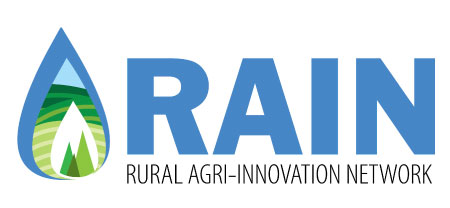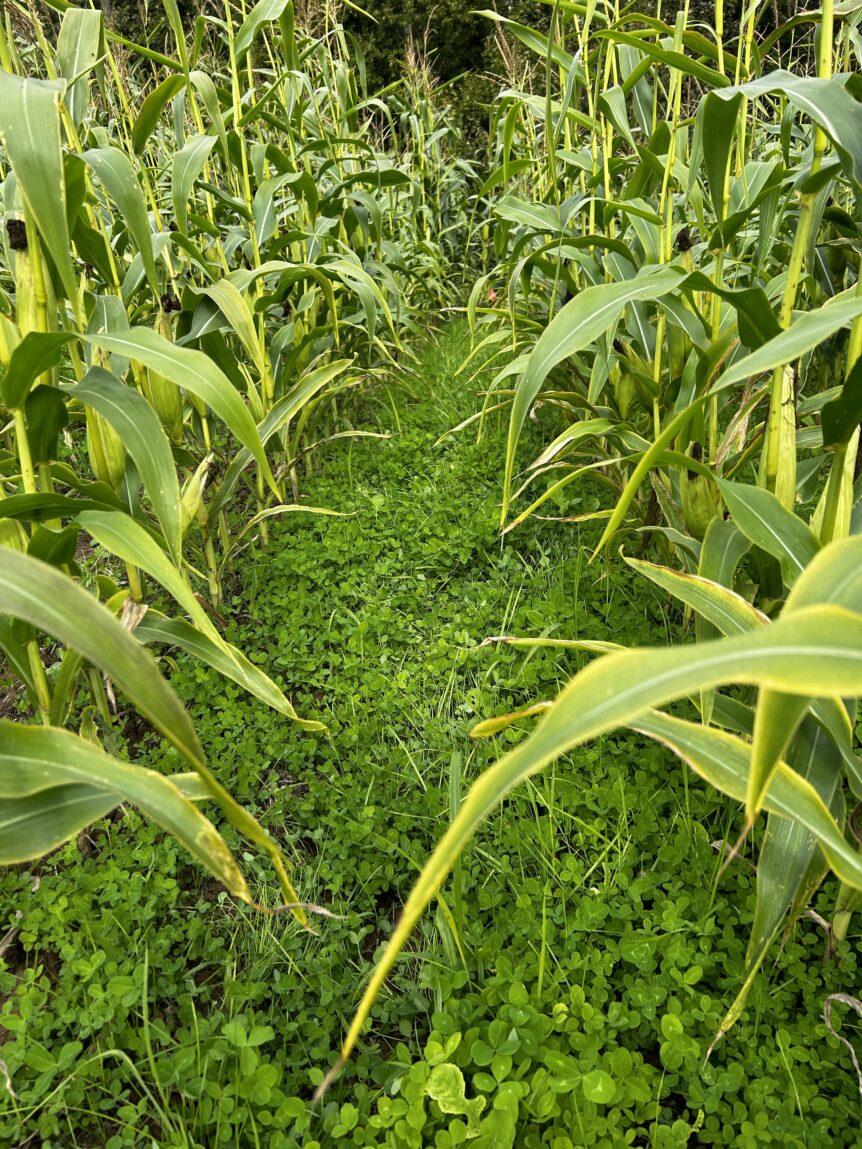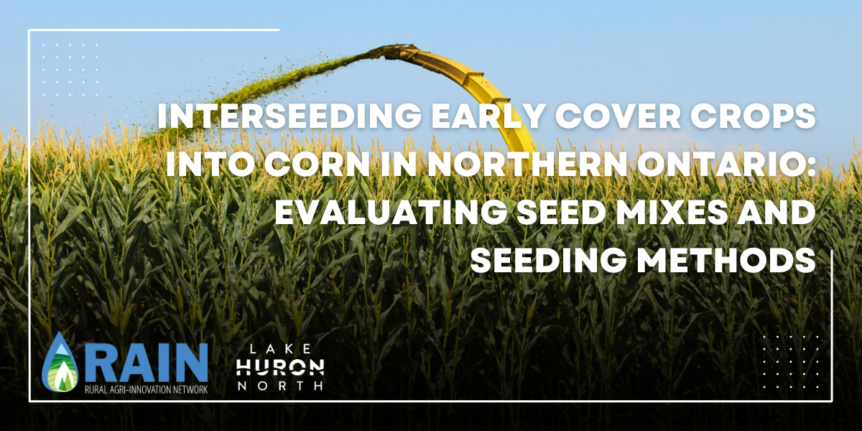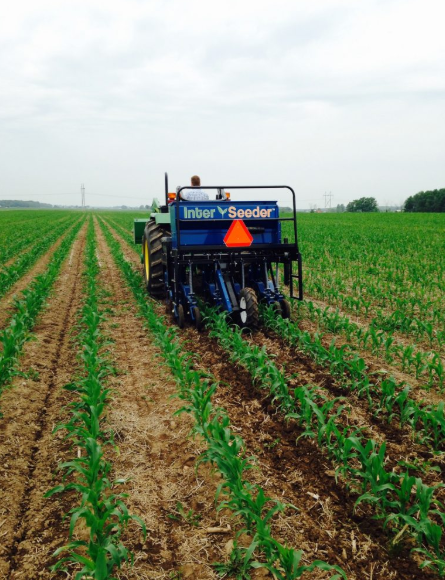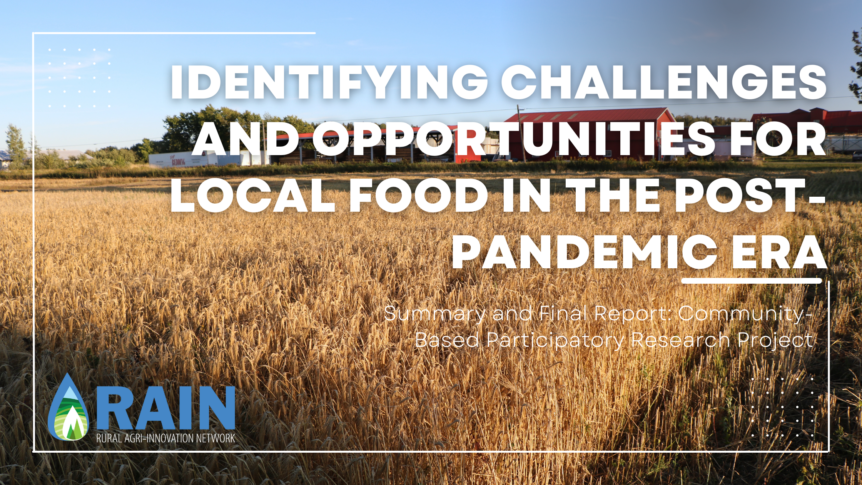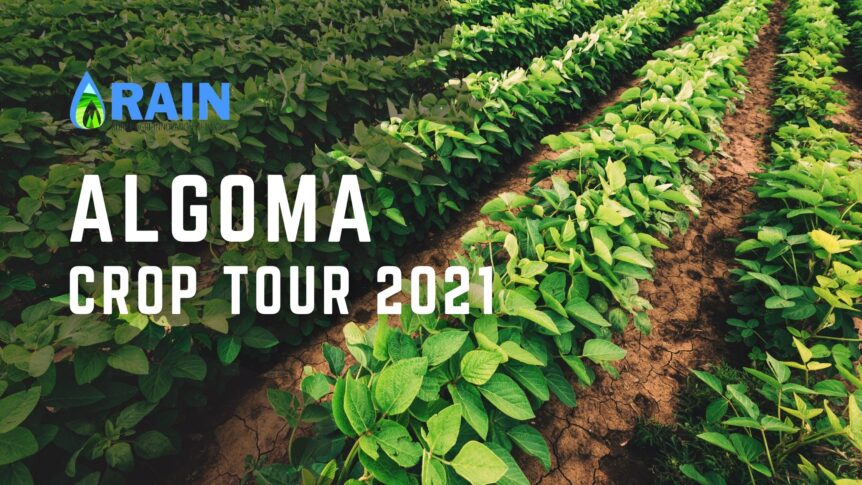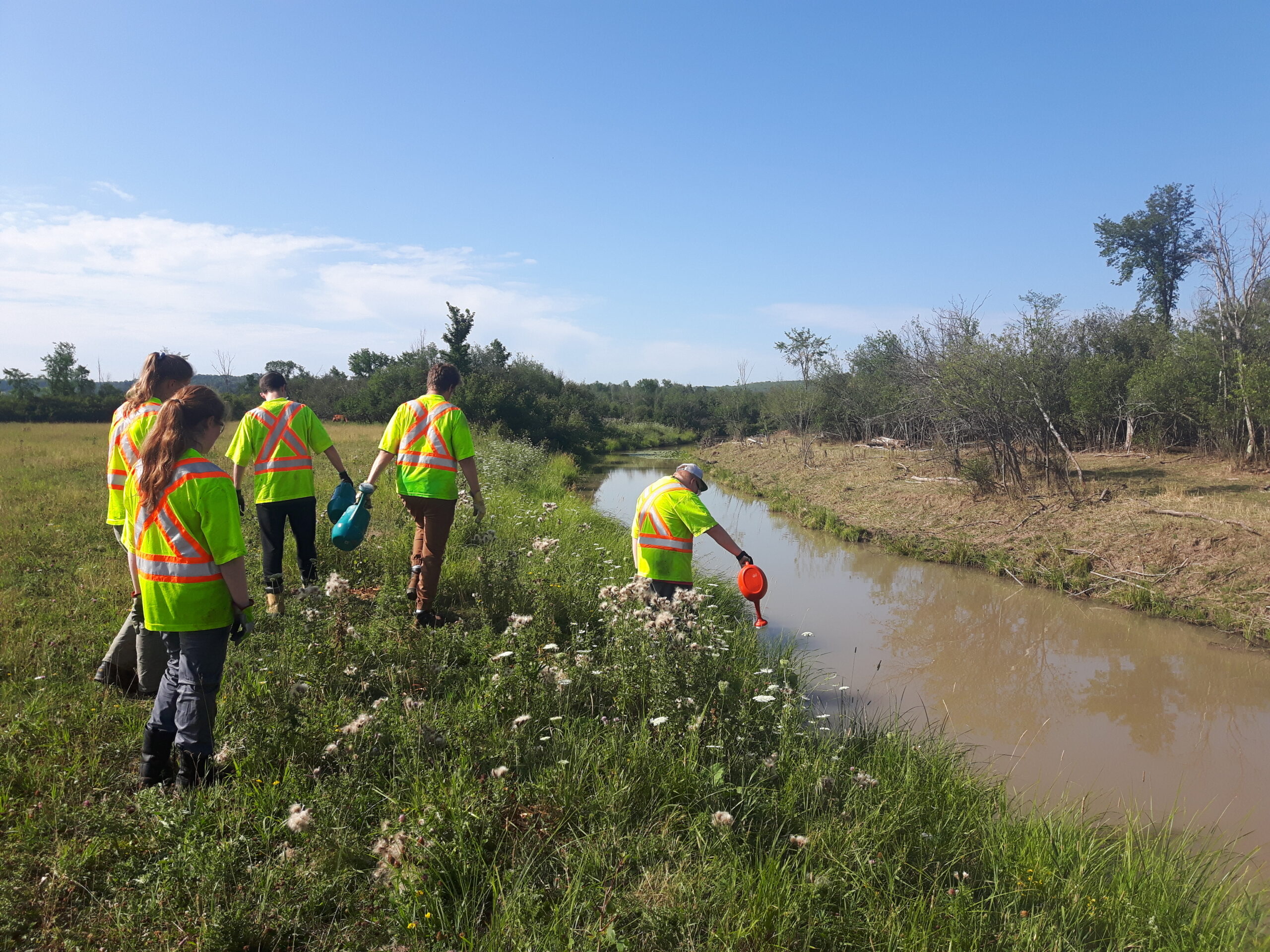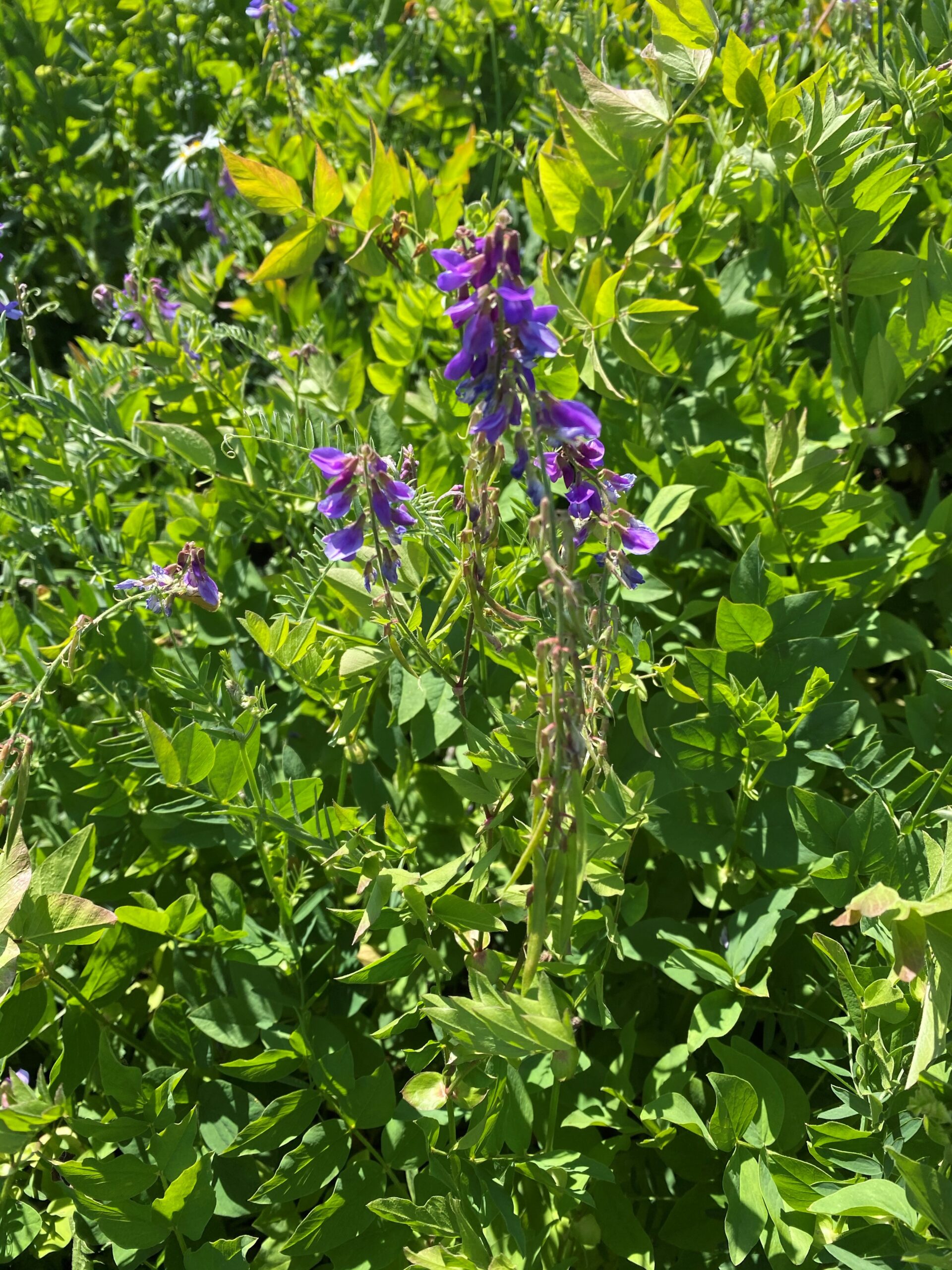This project investigated the potential of interseeding early cover crops into silage corn in northern Ontario, where conventional cover crops are often limited due to the short growing season and colder temperatures. The study focused on evaluating two different seed mixes and three different seeding methods for their effects on ground coverage, weed pressure, and yield. One of the main …
Seeding Success: A Fresh Look at Cover Crops and Corn in Northern Ontario
The Challenge- What if you could turn the challenge of Northern Ontario’s short growing season into an opportunity for optimizing cover crop integration? That’s what RAIN’s new research project aims to achieve. This project will investigate the potential of interseeding early cover crops into silage corn in northern Ontario, where conventional cover crops are often limited due to the short …
Hot Pepper Variety Trail 2022
2022 is the second year for the hot pepper variety trial, with purpose to diversify the local horticulture market. The peppers are being grown in the same location as last year, due to the continuation of collaboration with the growers as well as two new locations in Sault Ste. Marie. The six varieties, with Scoville heat units (SHU) are as …
Interseeding early cover crops into corn demonstration
Due to the short growing season and colder temperatures in northern Ontario, cover crops are not always an option. Cover crop is defined as ‘a crop grown for the protection and enrichment of the soil’. Normally, the underseeded/interseeded crop gets started, is established with good roots, then goes dormant, while the cash crop (corn) shades them. Once the cash crop …
Indigenous Mycorrhizal Inoculum production on farm
Biostimulants are a large part of agricultural inputs and there is a growing number of commercial microbial inoculants. These aim to restore soil health and enhance crop yields after resource intensive crops or soil disturbance. While farmers may be compelled to apply commercial inoculants, whether they are effective is unknown, which perpetuates a sentiment of skepticism toward these products among …
Identifying Challenges and Opportunities for local food in the Post-Pandemic era
Restrictions, lockdowns, delays, shortages – these words have largely characterized peoples’ lives on a global scale since COVID-19 became widespread and the pandemic took hold. We’ve become very familiar with the ways our own daily lives have been changed due to coronavirus, but the impacts certainly haven’t stopped there. Our food systems have also been dealing with these effects both …
Hot Pepper Variety Trial-2021
In 2021, a variety trail was developed to look at five different varieties of hot peppers in two different locations in Algoma. These locations were chosen due to the availability of greenhouse space. The five varieties, with Scoville heat units (SHU) are as follows: Devil Serrano- 6,000 SHU Fresno 3429- 10,000 SHU Primero Red Habanero- 100,000+ SHU Helios Habanero- 75,000 …
Algoma Crop Tour 2021
A tour of crops growing in Algoma (August 20, 2021) that include corn, soybeans, barley, canola and sorghum. The tour features the project, “On-farm augmentation of indigenous mycorrhizal inoculum for more sustainable and profitable canola-soybean rotations” with Algoma University, University of Guelph and University of Waterloo. A special thanks to the producers who contributed to the success of research and …
Riparian Restoration of the Thessalon River
A riparian zone is an area next to rivers, streams, lakes, and wetlands. It is usually made up of water plants and saturated soils, along with ecosystems associated with these areas. Riparian zones serve the very important role of preventing soil erosion, which improves water quality, benefits fish health, and maintains a sustainable shoreline. Without an established Riparian zone consisting …
Final Update- Weed control in Galega Part 2
In partnership with LUARS (Lakehead University Agriculture Research Station), RAIN developed a research project in order to find the optimum seeding time of galega in its establishment year, in terms of weed control and yield. Taking place in Algoma and Thunder Bay, the project completed its third year and final year in 2020.Yields were reported in part one of the …
